Seems like you have a bit too much of requirements. Of course, everything is possible, but you'd have to either put some considerable hand labor yourself or have a pretty sophisticated mechanized system to do it for you. Good quality edible plants require enough warmth and sunlight (or artificial light). If you don't want to use artificial lighting for the plants at all, living in Slovenia this might be too complicated. I don't know enough about native flora and climate in Slovenia, but I guess it's something in between the Mediterranean and middle latitudes. Your best bet without artificial lighting is to make walls with fern-moss-low grass plants. Heather (Calluna vulgaris) is a good species to consider. The best is to use native wild plants that are common in your area and stay green all year round. If you'll find some edibles amongst them - even better. There are quite good apps for plant identification from photos, "picture this" is one I can recommend, you can go around, take photos and google edibility. Plant walls are usually made of these type (moss-grass) of plants, because they don't stick out, therefore giving a more wall-like appearance, don't require cropping, don't produce droppings, and require very little care. But they are hardly edible.
The tendency in nature is this - the closer you get to the equator and tropical habitats, the more edible plant species you'll find, but they'll require warmth, a lot of sunlight, and humidity. If you want hardy plants (that are the best fit for plant walls in temperate regions) - you need to look amongst northern species, they're evolved to withstand harsh conditions and will do fine on their own, but there will be little edibles and their nutritional value will be much poorer. Another complication is that you want to minimize care for these plants. Then once again - you need mosses and grasses, something that won't stick out much, won't have leaves that could wither and fall, what to talk about fruits and berries. Parts of plants with the greatest nutritional value are seeds, roots, fruits and berries, sometimes starchy stems, etc., but you see the complication here. If you just want some greens for spices and microelements like basil, that's easier, but they will nevertheless require enough light and care.
If you want to focus on edibles, it's best to have a separate space for this to give them enough care in an easier way and don't mix living spaces with it because of dirt, humidity, etc. I personally wouldn't want to grow edibles under artificial lighting, cause I believe plants grown under natural light are tastier and healthier. So I have an idea to make a roof of the house into a garden. It would be a greenhouse with a clear roof and walls and a heated floor (from a general heating system of a house). So in the cold season there would be room temperature and the only limiting factor would be the lack of light, but then you could have much more edible species that meet the criteria and could provide food all year round, you could include more shade-dwelling species and also species from northern regions like bushes producing berries, nuts, etc., that you can't really have on a wall.



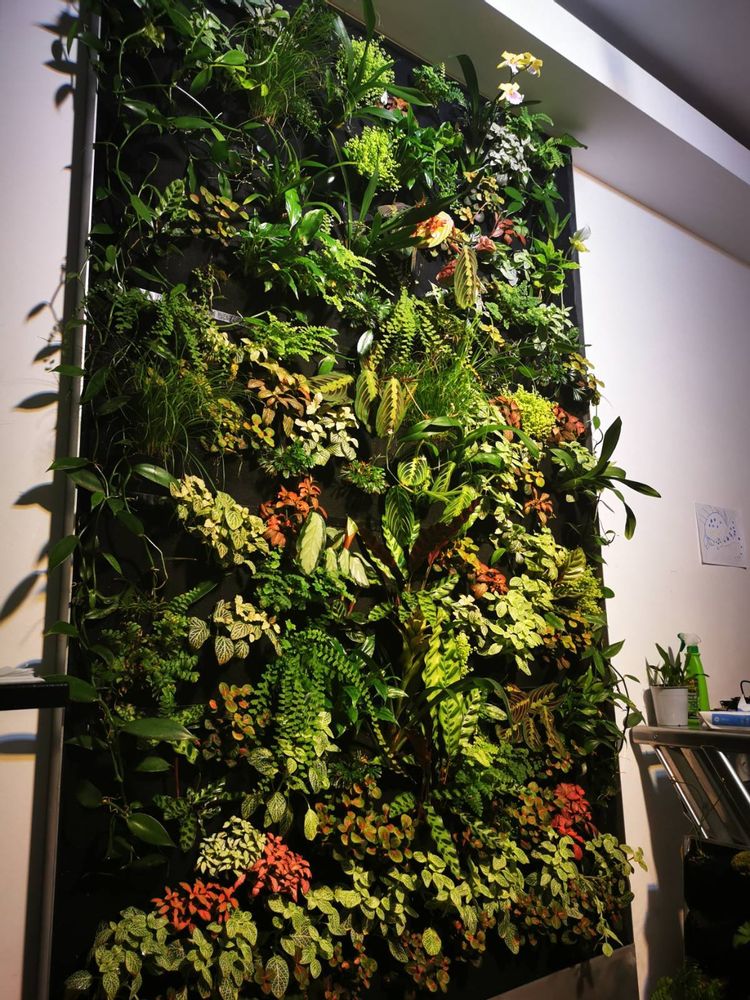








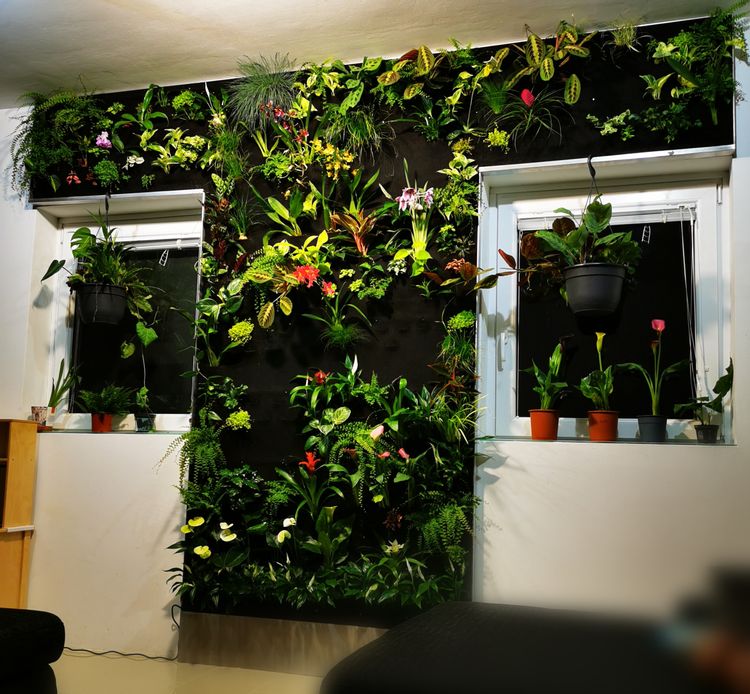
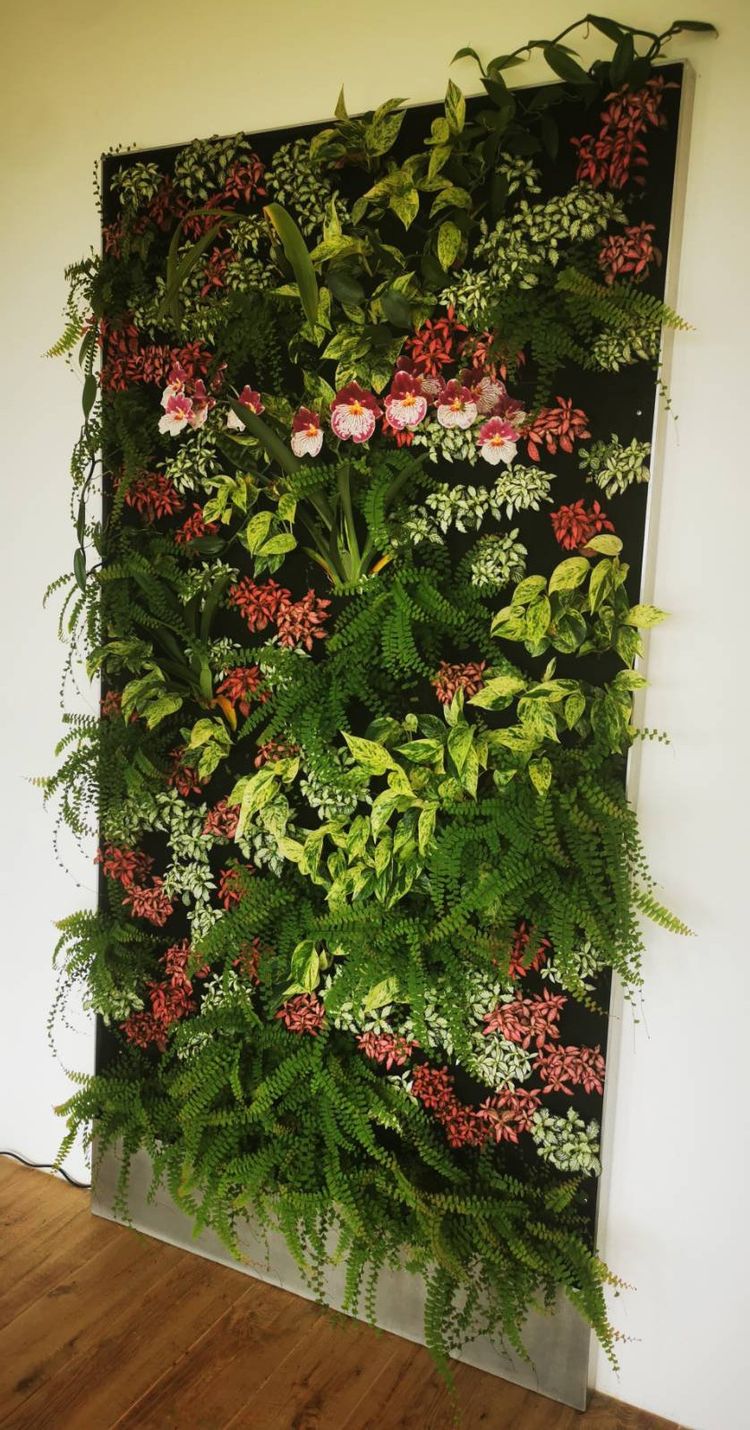








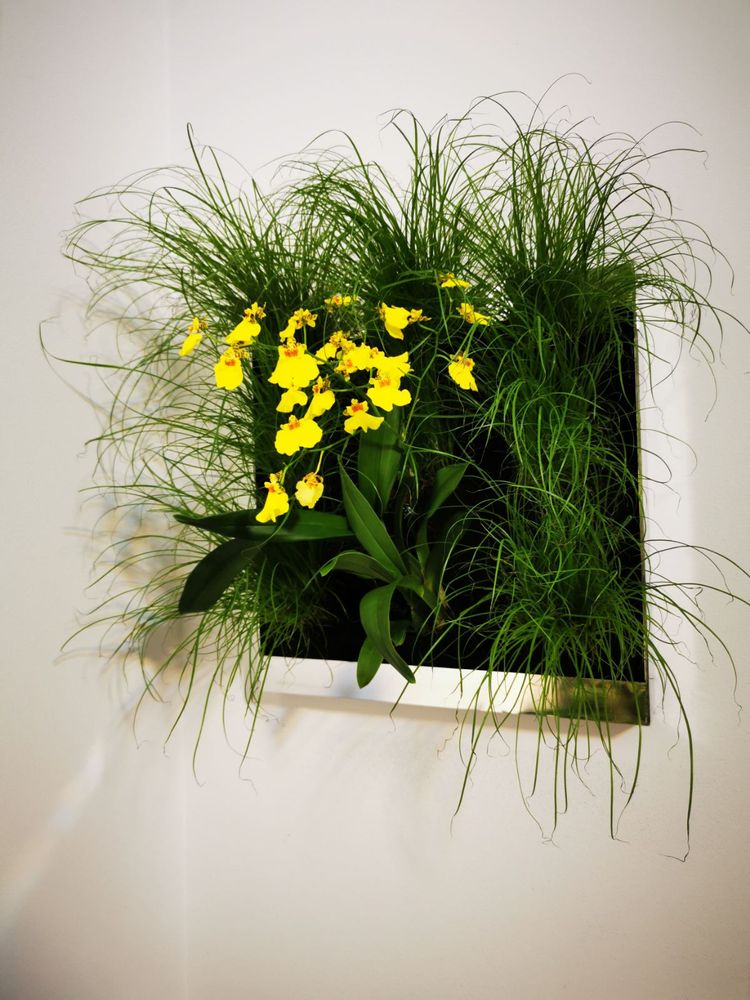

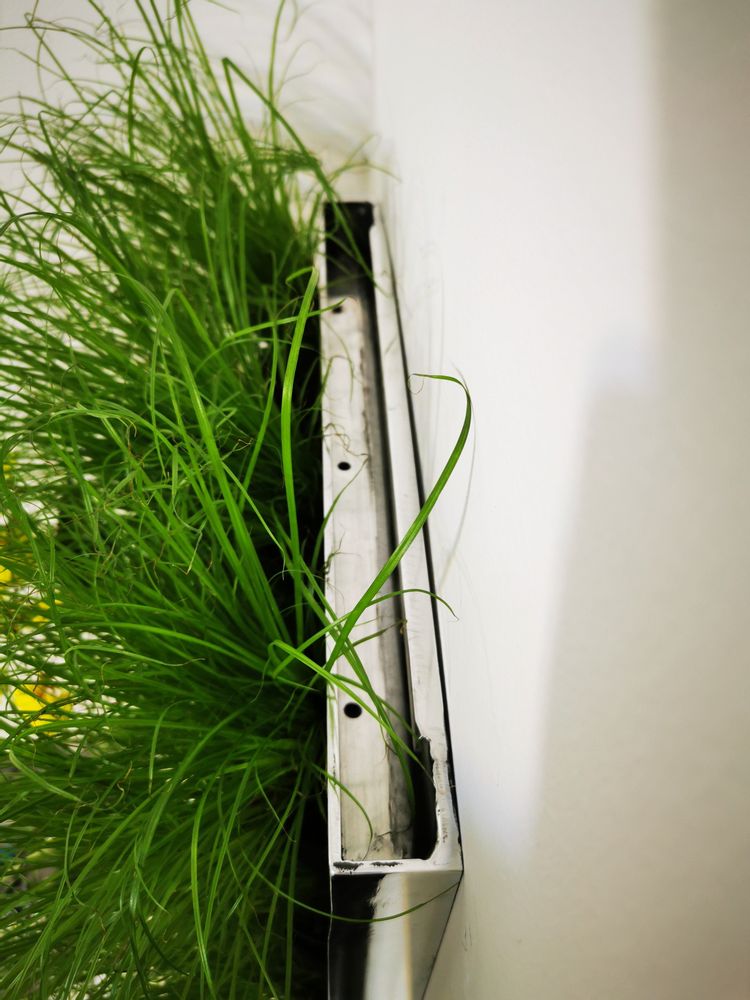

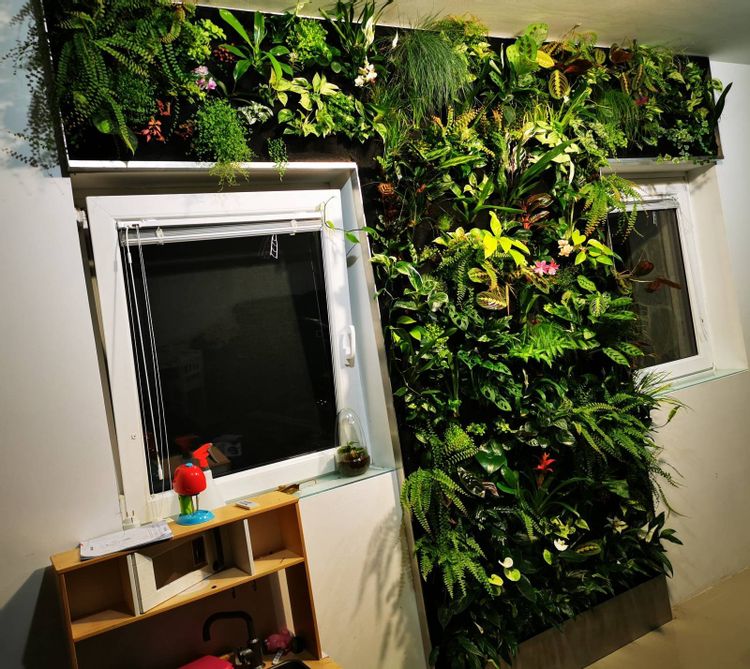

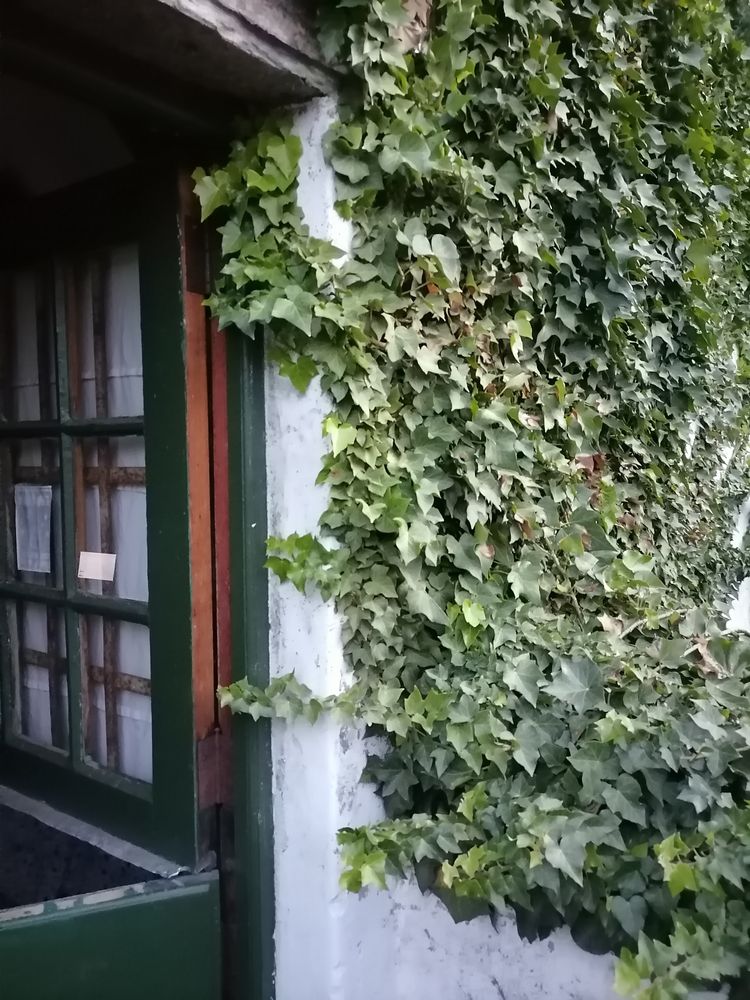







Please leave the feedback on this idea
Please leave the feedback on this idea
Please leave the feedback on this idea